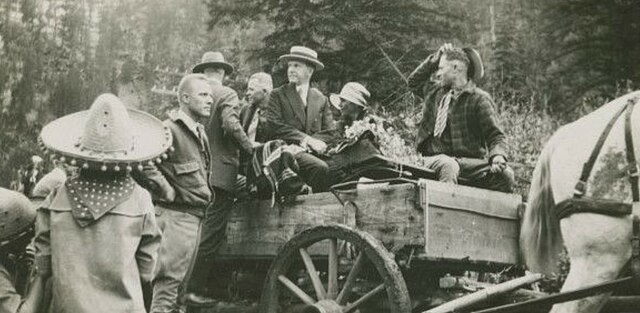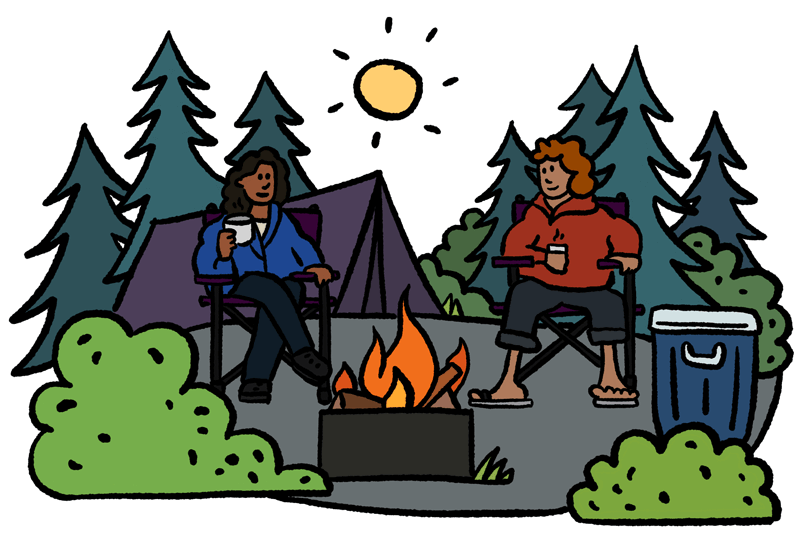Black Hills National Forest Camping
notifications Text me when there's a cancellation at Black Hills National Forest



Black Hills National Forest
Black Hills National Forest
Black Hills National Forest
Black Hills National Forest
Black Hills National Forest
Black Hills National Forest
Black Hills National Forest
Black Hills National Forest
Black Hills National Forest
Black Hills National Forest
Black Hills National Forest
Black Hills National Forest
Black Hills National Forest
Black Hills National Forest
Black Hills National Forest
Black Hills National Forest
Black Hills National Forest
Black Hills National Forest
Black Hills National Forest
Black Hills National Forest
Black Hills National Forest
Camping in the Black Hills National Forest offers a rich experience that combines natural beauty, diverse wildlife, and a variety of recreational activities. With over 30 developed campgrounds and numerous backcountry camping options, visitors can enjoy a range of camping styles, from family-friendly sites to more rugged wilderness experiences.
The Black Hills National Forest features 32 campgrounds, each offering unique landscapes and amenities. Popular sites include Pactola Campground, located on the shores of Pactola Reservoir, ideal for fishing and boating enthusiasts, and Roubaix Lake Campground, known for its scenic pine groves and lakeside access. These campgrounds provide basic amenities such as potable water, toilets, fire rings, and picnic tables, though most do not have RV hookups. Sites generally accommodate RVs and trailers up to 40-82 feet, depending on the campground. Many campgrounds require reservations, especially during peak summer months, while others, like Dalton Lake Campground, operate on a first-come, first-served basis. Pets are welcome but must remain leashed.
For those seeking solitude, Black Hills National Forest allows dispersed camping nearly anywhere within the forest. Backcountry campers can pitch tents in permitted areas as long as they are at least 50 feet from roads, trails, and water sources. With over 13,000 acres of wilderness, backcountry campers can enjoy secluded spots surrounded by towering ponderosa pines and serene mountain landscapes. The Black Elk Wilderness, in particular, offers an immersive experience but requires visitors to follow strict leave-no-trace principles, as no motorized vehicles or equipment are permitted.
Camping in the Black Hills opens up a wide range of activities, including hiking, fishing, and mountain biking. The forest boasts over 450 miles of hiking trails, many of which connect to campgrounds or scenic landmarks like Black Elk Peak, the highest point in South Dakota. Several campgrounds also provide access to water for boating, fishing, and swimming, including Sheridan Lake and Pactola Reservoir. In winter, visitors can enjoy snowshoeing, cross-country skiing, and other snow sports, making the Black Hills a year-round destination.
The Black Hills National Forest is accessible via scenic drives, including the Needles Highway and Peter Norbeck Scenic Byway, which offer breathtaking views of rock formations, forests, and wildlife. Nearby attractions include iconic sites such as Mount Rushmore, Custer State Park, Wind Cave National Park, and Jewel Cave National Monument, each offering a unique glimpse into the area’s history and natural wonders.
The Black Hills are home to a variety of wildlife, including bison, elk, deer, and mountain lions. Wildlife encounters can be frequent in some areas, especially in Custer State Park, which features a popular Wildlife Loop Road. Visitors should maintain safe distances from all animals, particularly bison, and be cautious during dawn or dusk when rattlesnakes may be active. The Forest Service recommends taking bear precautions, particularly in remote areas, and campers should store food securely to avoid attracting animals.
Permits and Fees: Camping in the Black Hills National Forest generally requires nominal fees for developed sites, though dispersed camping is free. Some areas may have special requirements, so it’s wise to check in advance.
Weather and Seasons: Summers are warm, making it an ideal time for camping, but also the most crowded. Fall brings spectacular foliage with fewer crowds. Winter camping is possible but challenging due to snowfall.
Leave No Trace: Given the sacredness of the land to the Lakota and the ecological significance of the area, practicing leave-no-trace principles is highly encouraged.
Camping in Black Hills National Forest is a memorable way to experience the spiritual and rugged landscape of South Dakota and Wyoming. Whether in a tent by a quiet lake or deep within the wilderness, the Black Hills offer an unforgettable adventure for all types of outdoor enthusiasts.
We can help! Many campsite reservations are cancelled daily. Just tell us when you’d like to camp at Black Hills National Forest, and how long you want to camp for. We’ll text you when a suitable spot opens up!
Scan for cancellationsWhoops! Sometimes we make mistakes. Want to help improve the Black Hills National Forest listing? Please suggest a correction.
Open to camping at other nearby parks? Here are a few other parks you'll find in the vicinity.

How was your visit to Black Hills National Forest? Share your review of Black Hills National Forest and help fellow nature-lovers make an informed decision.
Post a reviewTell us when, where, and how long you want to camp for. We’ll notify you (via SMS) when a suitable spot opens up at that campground—so you can nab that sold-out campsite reservation!